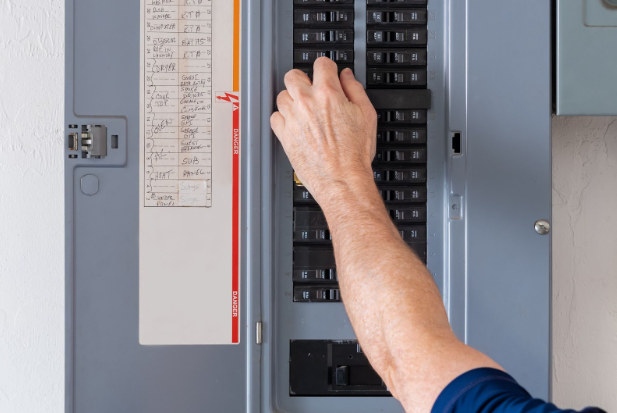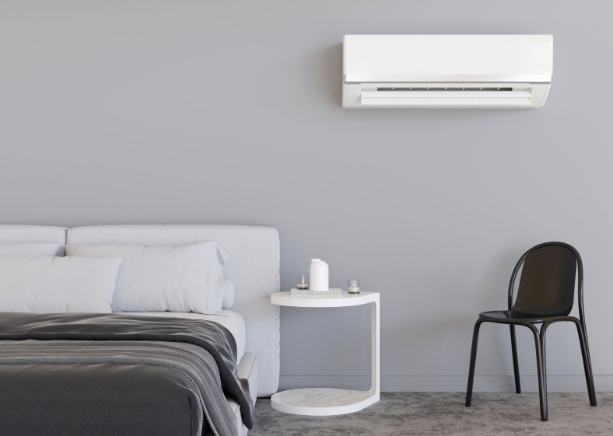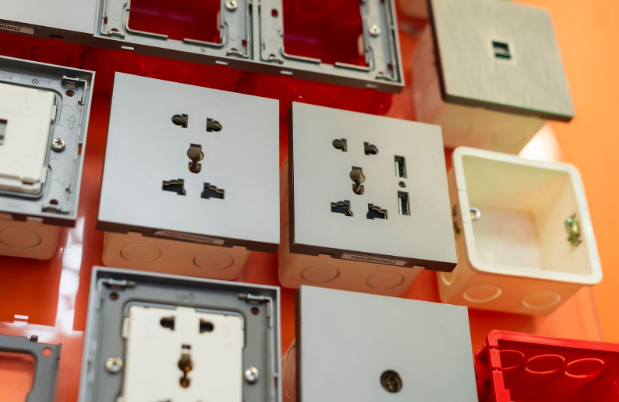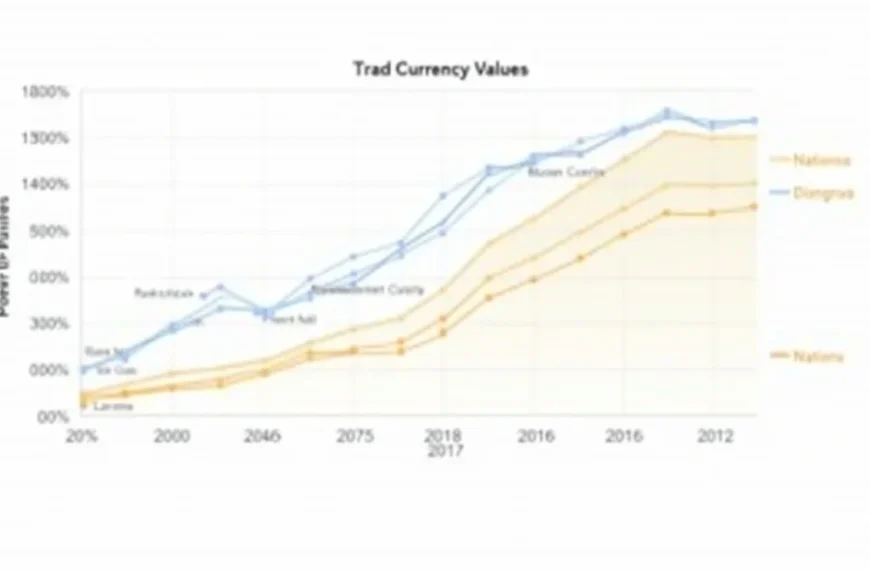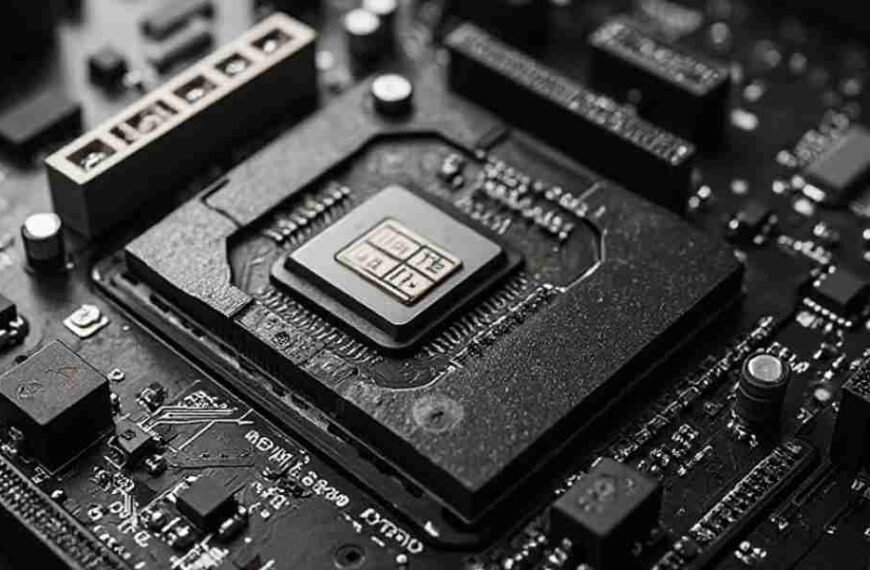Your HVAC system is one of the biggest energy guzzlers in your home. Using an outdated unit could mean overpaying for utility bills by 20-40%. If you want to save on your bills, consider upgrading to a modern system.
Aside from improving efficiency, it can also enhance indoor comfort, air quality, and overall home value. Here, an HVAC contractor in Shallowater, TX, explores when and how to upgrade your HVAC system.
Is My Old HVAC System Costing Me a Fortune? A Quick Bill Checkup
Your HVAC system could be the culprit behind your higher-than-usual energy bills. Older units work harder over time as they lose efficiency. This means they require more power to maintain the same comfort level, resulting in higher energy consumption.
Signs your HVAC system is draining your wallet:
- Your energy bills have steadily increased despite regular use.
- A unit that struggles to maintain the set temperature.
- Frequent breakdowns lead to expensive repairs.
An energy audit from a reputable HVAC company can help determine if an upgrade will cut your monthly costs and by how much.
Incorporating Smart Technology
Modern systems are designed for modern homes. New systems even integrate Wi-Fi thermostats, zone controls, and smartphone apps for better energy management.
Smart thermostats adjust temperatures based on your habits, leading to up to 10% energy savings per year. They also send maintenance alerts, preventing costly breakdowns. For better control, zoned heating and cooling systems are unmatched. These allow homeowners to control temperatures in different areas, reducing energy waste.
Top smart HVAC features to look for:
- Programmable thermostats that adapt to your schedule.
- Remote control via smartphone apps for adjustments on the go.
- Air quality monitoring that alerts you to changes in humidity and pollutants.
Enhancing Air Quality
An HVAC system upgrade offers better temperature regulation while improving air quality and reducing dust, pollutants, and allergens in the air.
Upgraded systems may include components that eliminate bacteria and other airborne contaminants like HEPA filters and UV light purification. For those who want to forgo upgrades, proper maintenance is the next best thing for keeping indoor air healthy and breathable. This is especially important for those with asthma and allergies.
Enhance indoor air quality by:
- Upgrade to a HEPA or activated carbon filter to remove fine particles.
- Install UV purification to kill mold and bacteria.
- Regularly clean and inspect air ducts to prevent dust buildup.
Ductwork Nightmares: Simple Fixes for Uneven Temperatures
Poor ductwork can cause hot and cold spots throughout your home. This problem can persist even after you upgrade as leaks, gaps, and improper insulation lead to energy waste.
How to fix ductwork issues:
- Seal leaks and gaps with professional-grade duct sealant.
- Add insulation to ducts in unconditioned areas like attics or basements.
- Reconfigure ductwork for better airflow and even temperature distribution.
Let a professional HVAC technician assess your HVAC ductwork. They can recommend necessary improvements for maximum efficiency.
Exploring Financing Options
Upgrading an HVAC system is a significant investment. If you can’t pay for the full amount outright, financing options make it more accessible. Be sure to ask your contractor if they offer low-interest payment plans. These can allow you to pay in manageable monthly installments.
The Top 3 Signs It’s Time to Replace Your HVAC (Not Just Repair It)
Wondering if you should repair or replace your HVAC? Here are three clear signs that you should start shopping for an upgrade:
- Your system is 10-15 years old: Older units lose efficiency and often require frequent repairs.
- Repairs are becoming too expensive: If fixing your system costs more than half the price of a new one, replacement is the smarter option.
- Your home is never comfortable: Uneven temperatures, excessive humidity, or poor air quality indicate that your system is no longer performing well.
Beyond the Basics: Little-Known HVAC Features That Save You Money
Many homeowners focus on heating and cooling capacity when upgrading HVAC systems. Modern systems are equipped with hidden features that maximize efficiency and comfort.
Little-known HVAC features to look for:
- Variable-speed blowers that adjust airflow based on demand, reducing energy use.
- Energy recovery ventilators (ERVs) that improve indoor air quality while minimizing energy loss.
- Desuperheaters that capture excess heat to provide free hot water.
These features are powerful and can significantly lower utility bills while improving comfort.
HVAC systems are an investment. The right upgrade pays for itself over time, cutting costs and keeping your home comfortable year-round.



